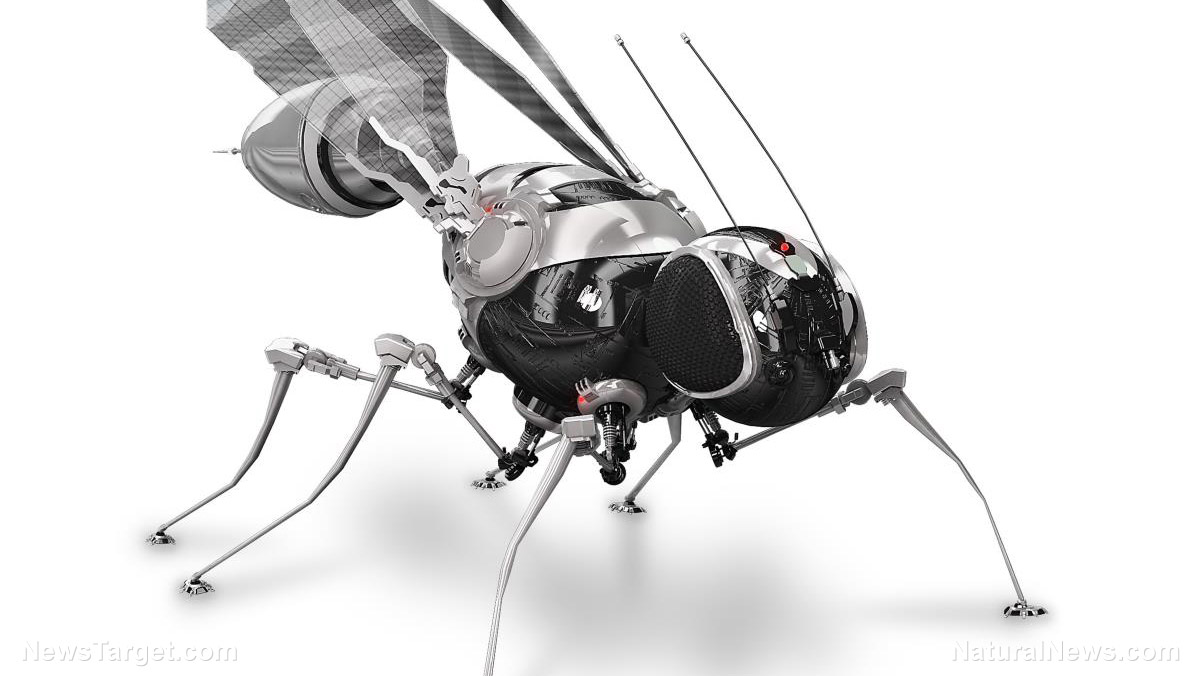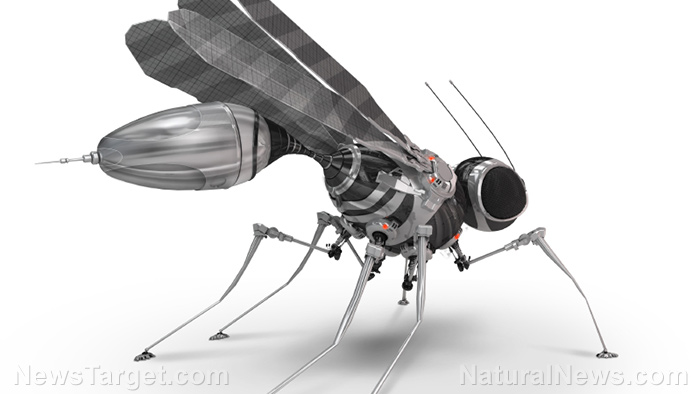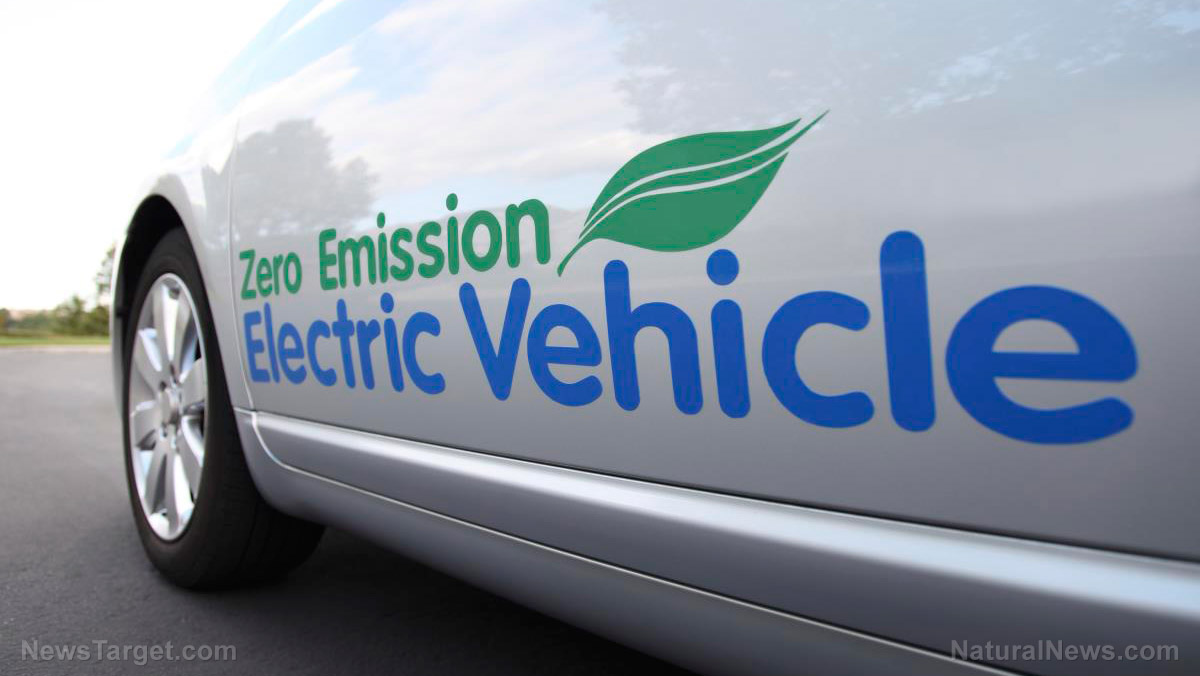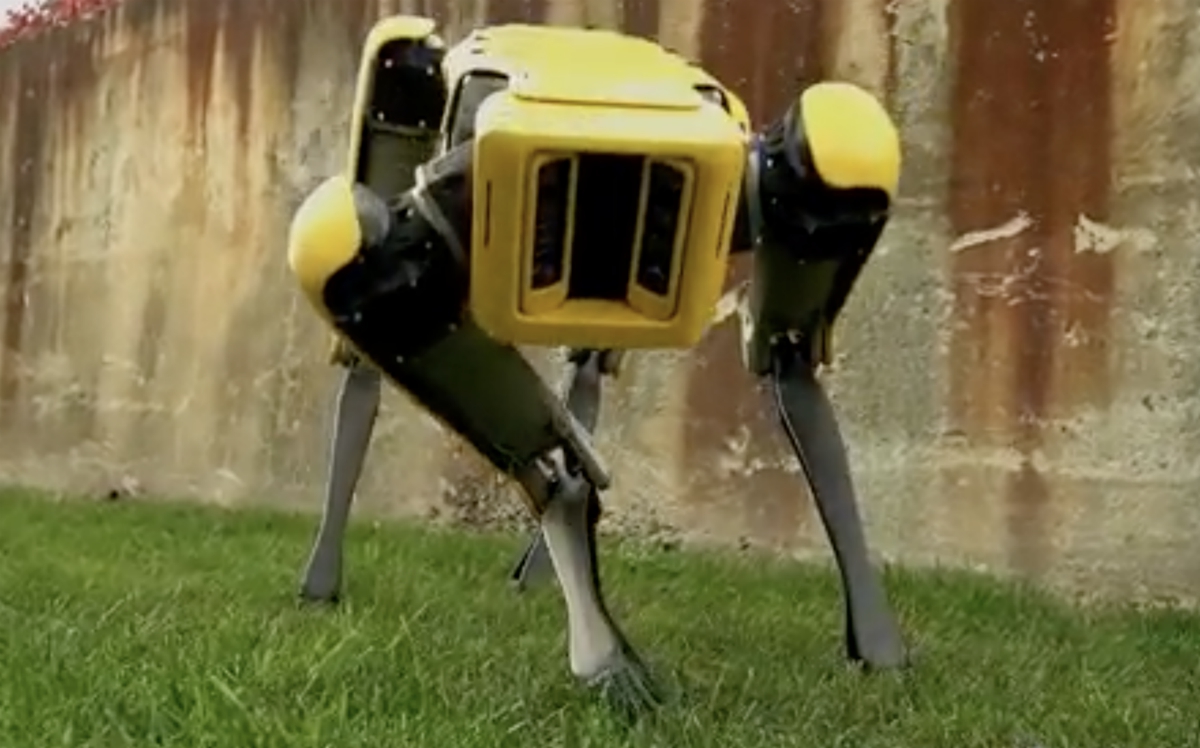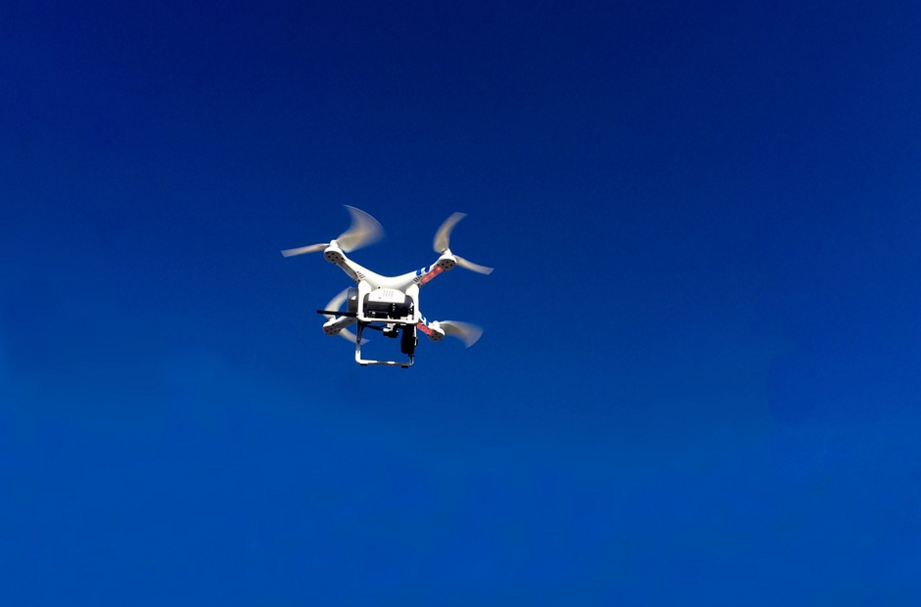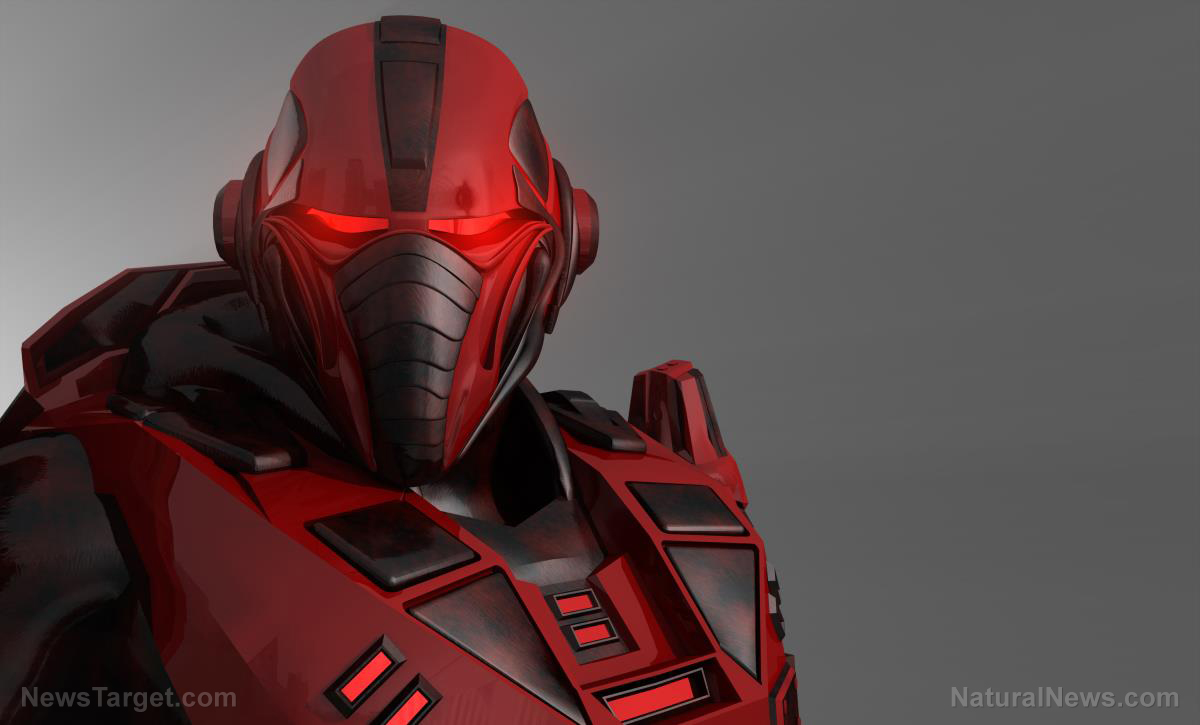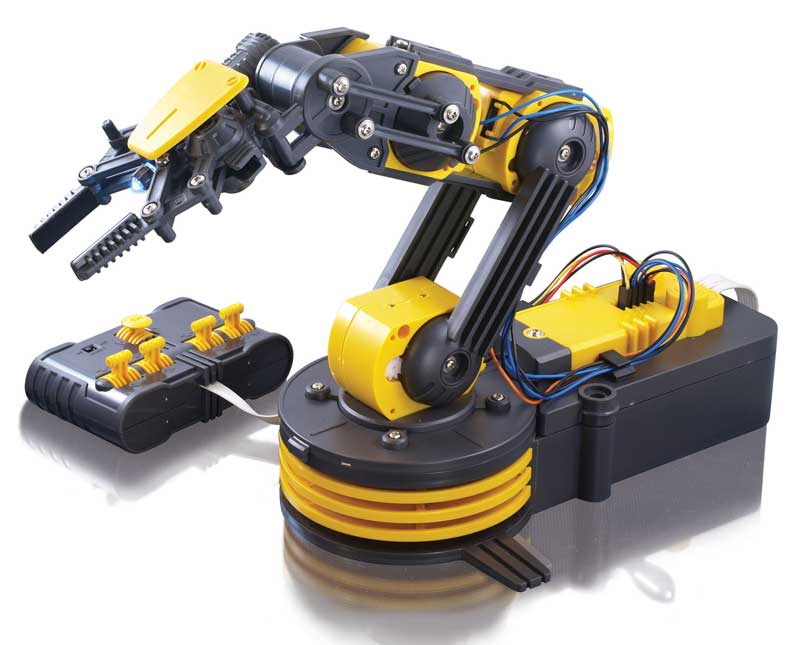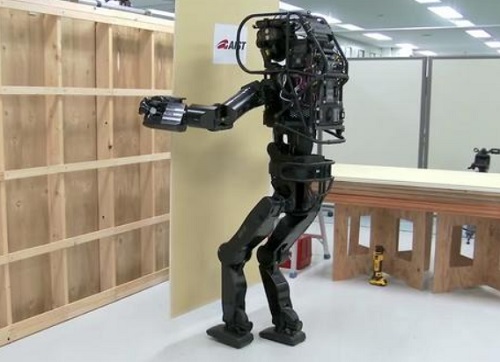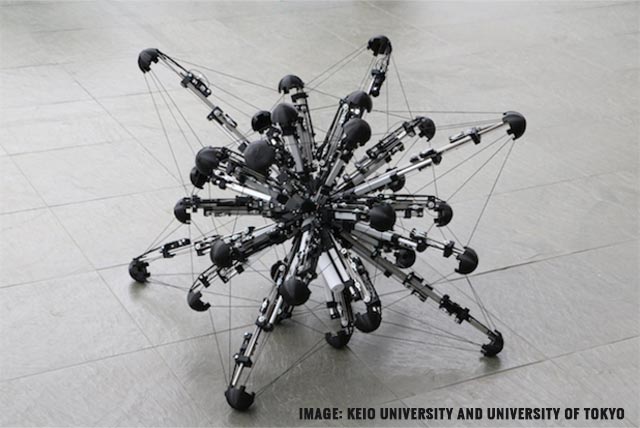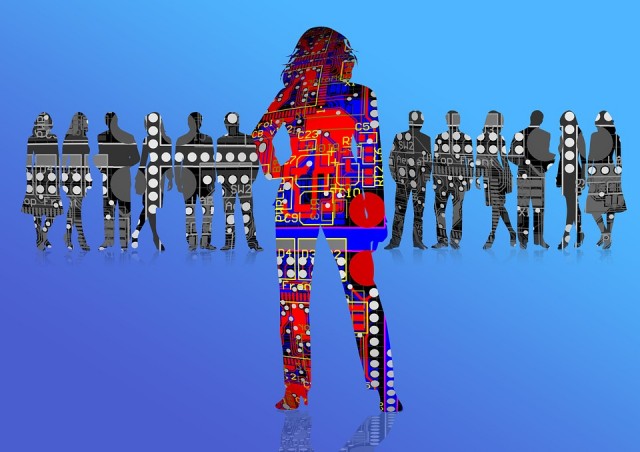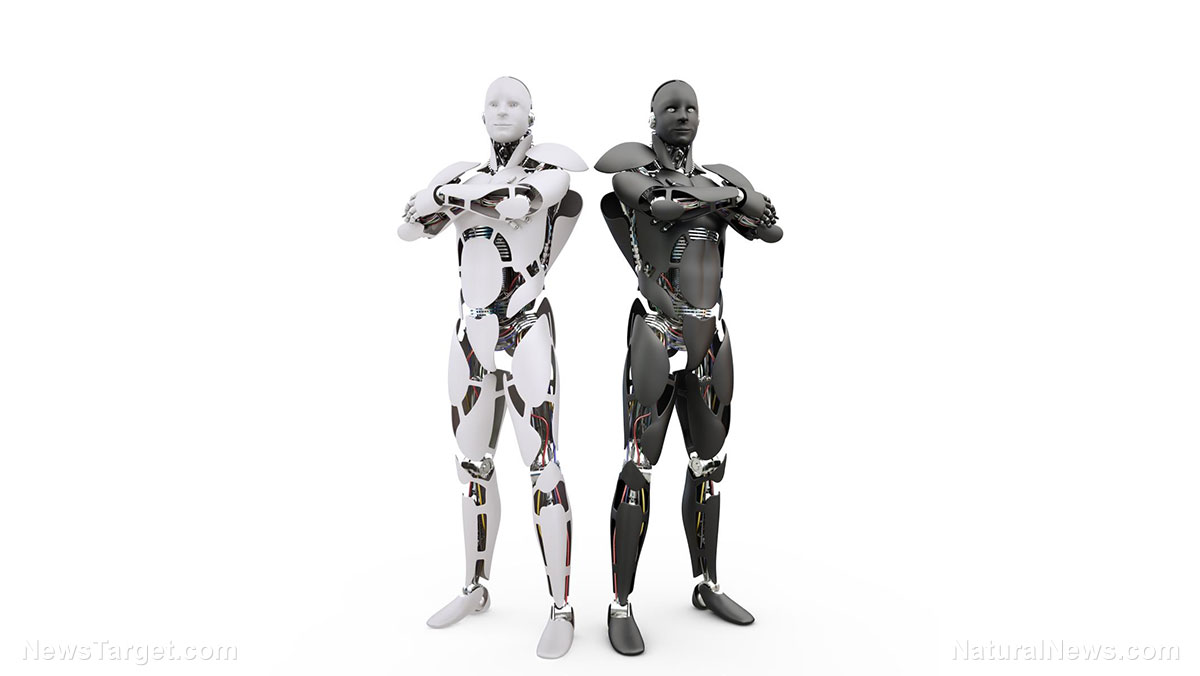Uber’s self-driving big rigs starting to move freight in Arizona – soon without human backup
06/11/2018 / By Edsel Cook
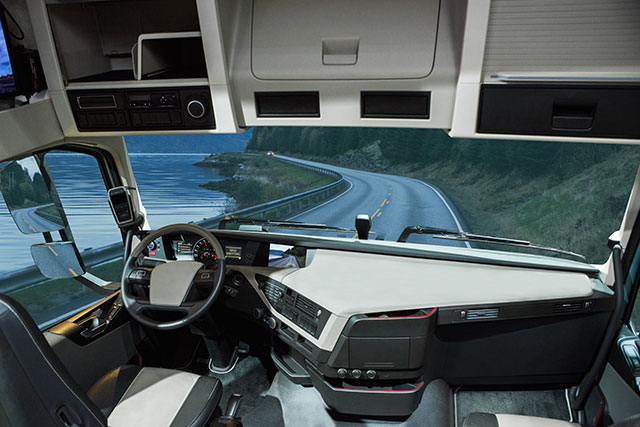
If you live in Arizona or recently used its highways , you’ve probably passed by one of Uber’s robot big rigs. The company recently revealed that its OTTO self-driving trucks have been secretly hauling commercial freight in that state for months, according to an article on the New York Times.
In its recent announcement, Uber assured that all of its cargo haulers have licensed truck drivers who can assume direct control at any time. But it also said that its end goal remained the same: Remove the human from the driver’s seat.
Uber envisions a freight system where self-driving trucks haul goods for long distances on highways while human drivers make short trips to the loading dock of a customer or other important locations. This system is built around transport hubs where trucks can load and unload the appropriate trailers.
The supply and demand for both self-driving trucks and manned vehicles will fall under the purview of Uber’s network. The ride-sharing company is implementing the required technology into its Uber Freight app. (Related: Self-driving vehicles without human drivers now allowed in California.)
Self-driving trucks are supposedly cheaper, safer than human drivers
The benefits of automation for the trucking industry are significant. Self-driving trucks can drive nonstop for longer periods of time since they won’t get tired or sleepy like human drivers.
They are also expected to be less vulnerable to accidents caused by human error due to exhaustion or distraction. In the long run, automated trucks would be less expensive than manned vehicles.
“We think self-driving technology has tremendous potential to solve some of the big problems that the trucking industry has today,” claimed Alden Woodrow, the product manager for Uber’s self-driving trucks.
Uber sought out a profitable piece of this pie by acquiring self-driving truck start-up OTTO in 2016. To no one’s surprise, the company was taken to court by Waymo – the self-driving car unit of Alphabet – for violating intellectual property rights.
Even before the lawsuit was settled in February 2018, Uber relentlessly worked on securing a niche for its self-driving trucks while its competitors muscled in on it. Both Waymo and Tesla have announced interest in self-driving trucks, which would make for a crowded market.
In May 2017, it released Uber Freight, which draws upon the company’s experience with its existing ride-hailing service. Uber describes its role as the enabler of a marketplace where truckers and shippers can pair up more easily.
Uber claims self-driving trucks will generate trucker jobs due to bigger demand
In its announcement, Uber said its self-driving trucks were staging out of primary transfer hubs located in Sanders (near the border with New Mexico) and Topock (near the California border). Otherwise, it remained mum about certain details.
Uber refuses to talk about the size of its truck fleet, their total mileage, or any instances the human drivers needed to take over. It also refused to discuss important aspects of the transport hubs it plans to set up in the future, such as their appearance, their intended location, and how they will be deployed.
The company threaded its way through the political minefield about its self-driving trucks eliminating trucking jobs. Uber claimed that jobs will increase due to more demand for cheaper trucking costs.
It does suggest that the job of a trucker will change to something akin to parcel delivery. A human driver would haul loaded trailers from the primary hub to local customers and back again.
Uber also stressed that it wasn’t training its self-driving trucks to do everything a human trucker can do. For example, an OTTO truck cannot back up to a loading dock or circle around a jam-packed area.
For now, Uber is limiting its self-driving trucks to the highways of Arizona with human back-up.
Sources include:
Tagged Under: Arizona, artificial intelligence, autonomous vehicles, Driverless, future tech, machine learning, Otto, ride sharing, robot jobs, robot takeover, robot truckers, robotics, robots, self-driving truck, self-driving vehicles, technology, Uber



